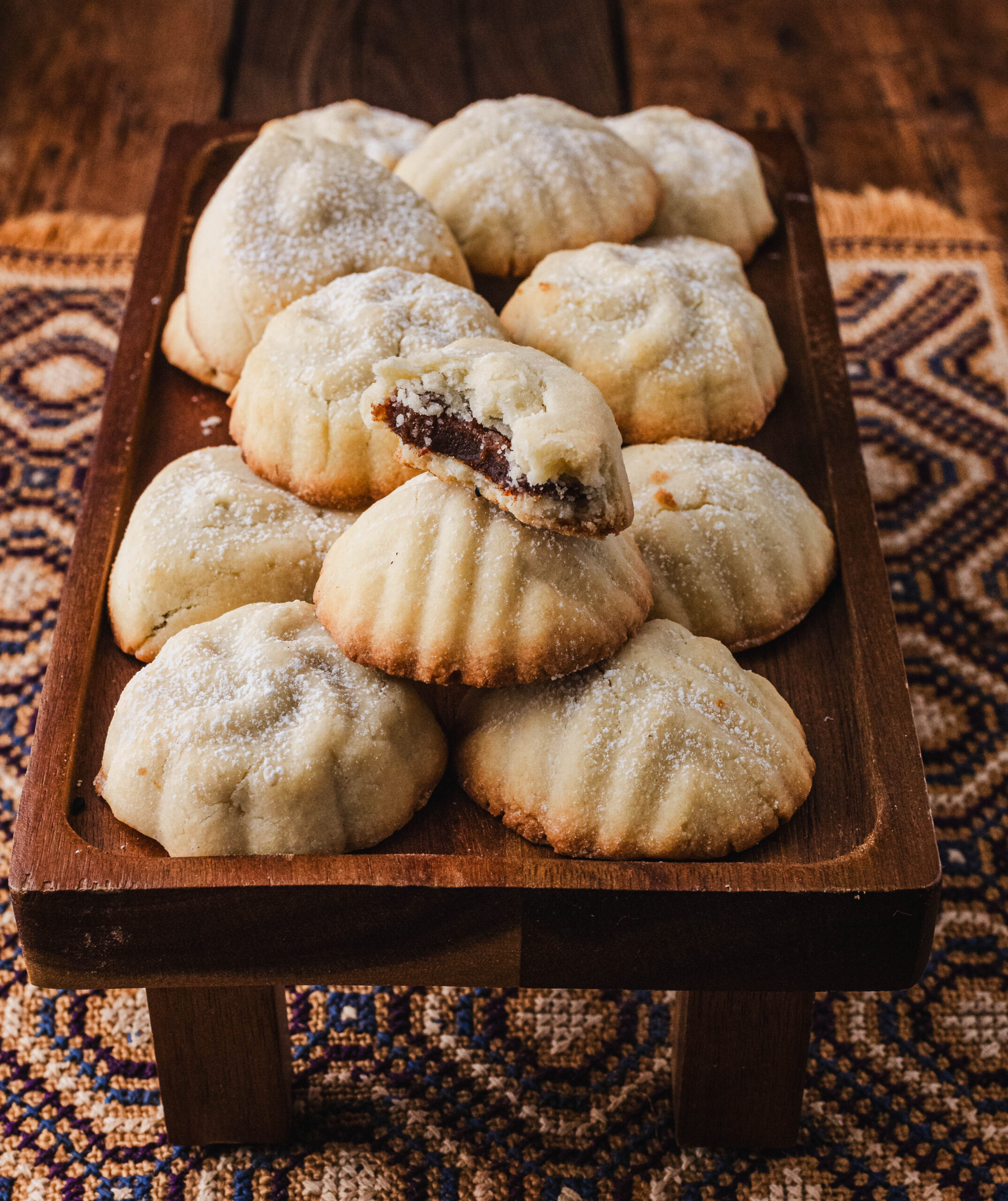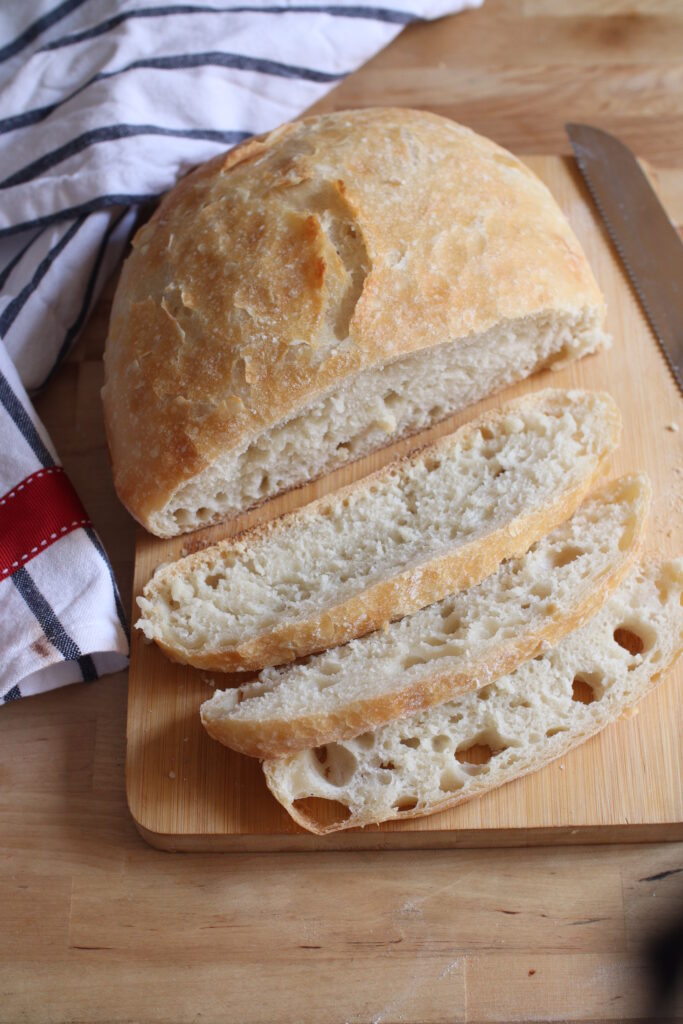Yeast is commonly used as a leavening agent in bread and other baked goods. It helps the dough rise by producing carbon dioxide gas, resulting in a light and airy texture. Handling yeast in the kitchen is fairly simple...
Yeast is commonly used as a leavening agent in bread and other baked goods. It helps the dough rise by producing carbon dioxide gas, resulting in a light and airy texture.

Handling yeast in the kitchen is fairly simple if certain tips are kept into consideration. For most people, using yeast may seem intimidating at first; however, with practice and the right techniques, working with yeast can become easy and a routine part of your baking.
 Overnight Bread
Overnight Bread
Tips to Handle Yeast
Here are my top 10 tips to bake with yeast successfully. If you keep the following points in mind, the chances of failure are none.
Yeast is a living organism (yikes) and gets activated with warm water and feeds on sugar. Since its a living organism, it is sensitive so always check for expiry and storage method. I keep mine in freezer. Yeast comes in many forms, granules, instant and fresh. Differences are minor, usage is a little different but the results are same. I use instant that can be added directly to the dough! Yeast dough need warm place to rise so in winters you might want to place your dough near a stove or in an oven which has been warmed up and closed (VERY IMP). If its hot in your kitchen then you don’t need to keep it near stove and make sure you don’t over proof because it will rise very quickly! Use room temperature ingredients in yeast dough as with all other baking but specially with yeast as cold ingredients can hinder in yeast activation. Liquid used is however, lukewarm in almost all recipes. Remember, the consistency and quality of dough is directly proportional to the final product. Hence working towards smooth, elastic and soft dough will yield good breads. Don’t cut the breads while they are still hot or even warm else the steam will escape and will make the bread irreversibly chewy. The breads freeze well as compared to over the counter or fridge storage. You can wrap the prepared product in cling wrap, then in plastic bag and freeze. Bake in a hot oven for 10 mins when needed. Since commercial products add preservatives, the breads keep well for even a week. Not in our case though, therefore, consume fresh for optimal taste. Always cut breads with serrated knives or roller cutter in case of pizzas.FAQs
What are the different types of yeast and how do they differ from one another?
Yeast comes in many forms, granules, instant and fresh. Differences are minor, usage is a little different but the results are same.
How do I activate or proof yeast before using it in a recipe?
If you are using instant or fresh yeast, you can use it directly in your recipe. If you are using granulated yeast, you need to dissolve it first in water and pinch of sugar and wait for 5 minutes until it is foamy.
Can I substitute instant yeast for active dry yeast or vice versa?
Instant and granulated yeast are both active dry yeast which can be interchanged easily however the method of using them differs.
What are some common reasons for yeast dough not rising properly?
Yeast is a living thing and if exposed to moisture or humidity it can go bad or ineffective.
Can I use expired yeast in my recipes?
This is probably one of the most common cause of failed yeast products. Always check for an expiry, and proper storage. Do not buy in bulk.
How can I store yeast to keep it fresh for longer?
I always keep my yeast in a glass bottle in freezer to avoid any exposure to the moisture.
Related Recipes
For practicing use of yeast in baking, you can try out 15 recipes on the blog here or check out this video of Pizza recipe.
The post Yeast – Tips, Tricks and Beginner recipes appeared first on Bake Fresh.











